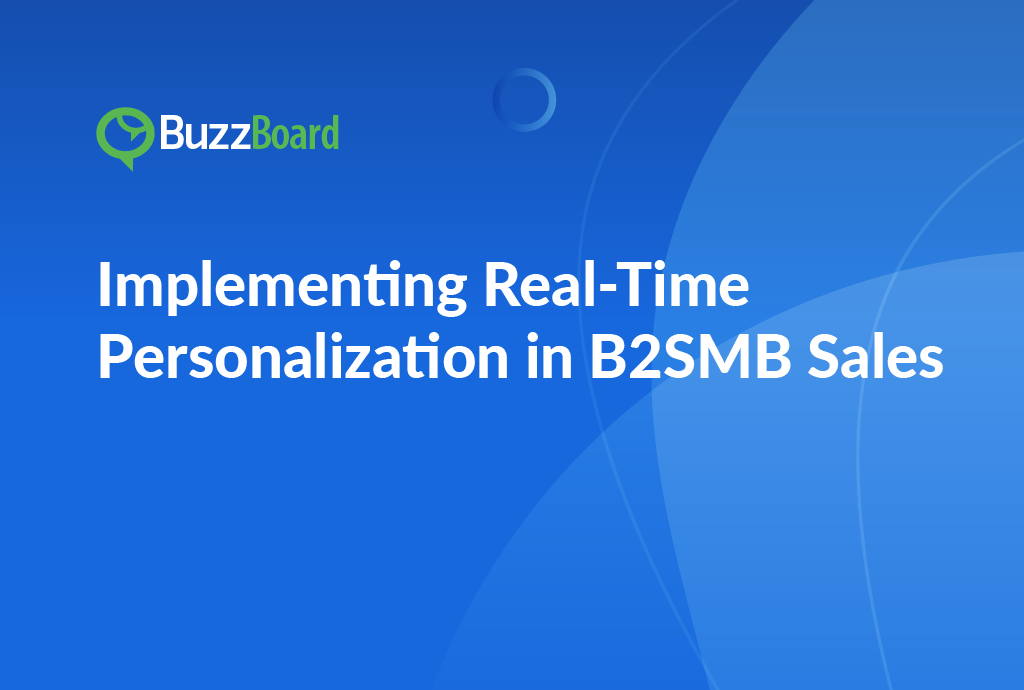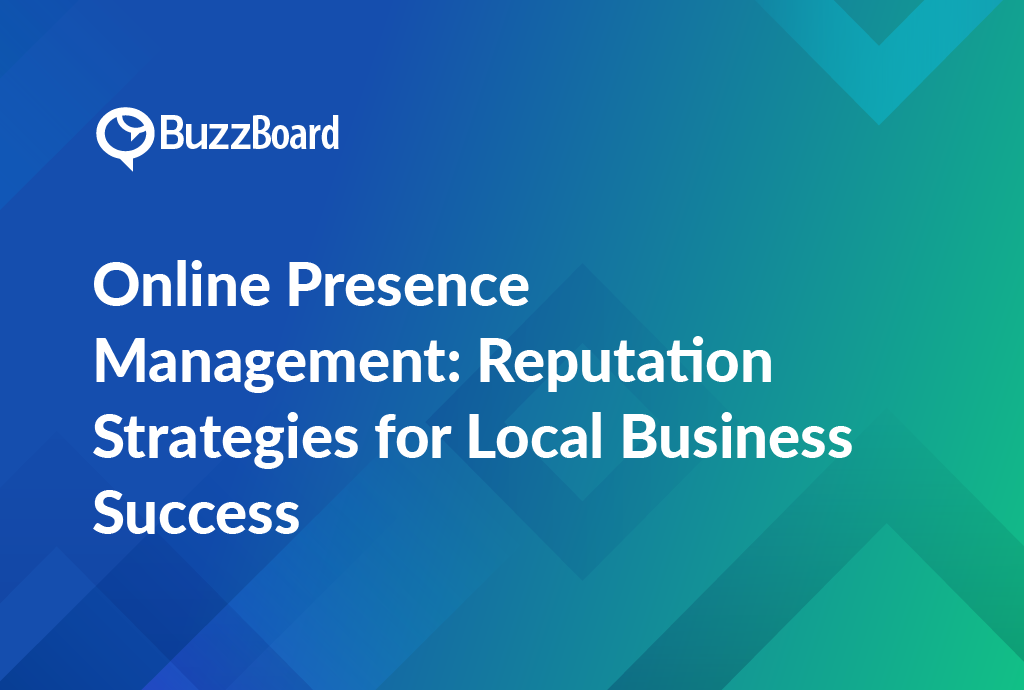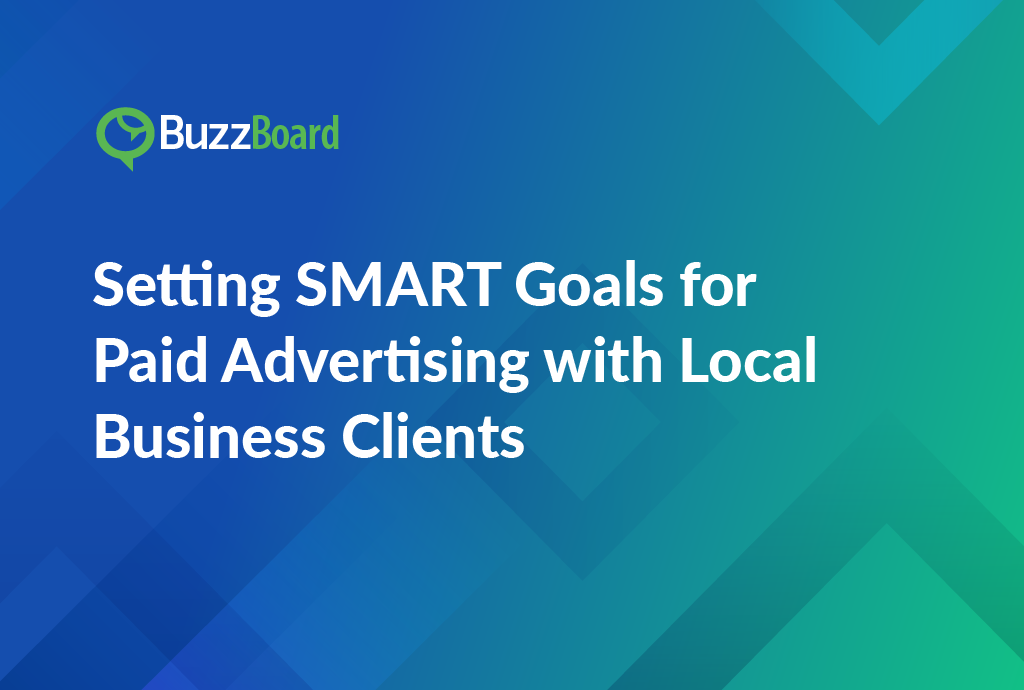The evolution of personalized strategies has reached new heights with the advent of real-time personalization. Especially, when catering to small and local businesses, this approach can yield significant benefits in today’s dynamic marketplace. So, if you are a player from the B2SMB (Business to Small and Medium-sized Business) field, this blog is for you. We aim to guide all B2SMB sellers, including digital marketing salespeople, in leveraging real-time personalization to enhance their strategies when selling to small businesses and local enterprises.
Real-Time Personalization Explained
Real-time personalization, often powered by AI or generative AI, involves tailoring marketing content and messages in real time based on user behavior, preferences, and demographic information. In the context of B2SMB sales, this means customizing your approach to each small or local business to make your pitch more compelling and relevant.
To be more specific, real-time personalization goes beyond traditional sales approaches. From dynamically adjusting messaging to individualizing product recommendations on the fly, this strategy enables sellers to create far more engaging experiences that resonate with small business owners.
AI in Personalization
Artificial intelligence, or AI, is the driving force behind real-time personalization. It utilizes algorithms and data analysis to understand customer behavior, predict preferences, and deliver personalized content promptly. By harnessing the power of AI, salespeople can automate and optimize their marketing efforts for greater efficiency and success rate.
Implementing Real-Time Personalization: Effective Sales Tactics for B2SMB Sellers
1. Get Familiar with Your Audience: Small, Medium, and Local Businesses
Before implementing real-time personalization, it’s crucial to understand your target audience. Small, mid-sized, and local businesses have unique needs and challenges. Dig into their aspirations and specific pain points. This, eventually, will help you showcase how your solutions or digital marketing products and services can provide tangible benefits for your buyers’ growth.
2. Data for Deeper Understanding
Data-driven insights help B2SMB sellers with a deeper understanding of their small business customers—their preferences, behaviors, and challenges. Simply put, in order to know your audience better, you need data. Consider utilizing data analytics tools to gather insights into the behavior of your audience. Identify patterns and trends to create personalized content that speaks to small businesses. Remember, the more you know about your audience, the better you can personalize your approach.
3. Dynamic Content Creation
Real-time personalization allows for the creation of dynamic content that adapts to individual preferences. Develop a library of content variations tailored to different business types, industries, and sizes. This flexibility ensures that your pitch aligns seamlessly with the unique needs of each small or local business you engage with.
4. Responsive Email Campaigns
Email marketing remains a potent tool for B2SMB sales. Enhance your email campaigns with real-time personalization by dynamically changing content based on the recipient’s behavior. For example, if a prospect shows interest in a particular service, tailor subsequent emails to provide more in-depth information on that service.
5. Geo-Targeting Strategies
Local businesses often prioritize solutions that cater to their specific location. Incorporate geo-targeting in your campaigns, demonstrating how your digital marketing services can address the unique challenges of their region. Highlight success stories or case studies from businesses in their vicinity to build trust and relevance.
6. Personalized Website Experiences
When potential clients visit your website, make sure they have a personalized experience. Use AI-driven algorithms to recommend relevant content, display case studies from similar businesses, and provide personalized call-to-action. This not only engages visitors but also increases the likelihood of conversion.
7. Chatbot Assistance
Implement AI-driven chatbots on your website to engage with potential clients in real time. These chatbots can gather preliminary information about the business’s needs and preferences, allowing your sales team to provide a more personalized and targeted follow-up.
8. Social Media Engagement
Harness the power of social media for real-time personalization. Craft tailored content for different social media platforms, considering the demographics and preferences of your B2SMB audience. Encourage engagement through polls, surveys, and personalized messages to foster a sense of connection.
9. A/B Testing for Optimization
Keep refining your personalized sales and marketing efforts through A/B testing. Experiment with different variations of your messages, visuals, and call-to-action to identify what resonates best with your B2SMB audience. This iterative approach ensures ongoing optimization for maximum impact.
The Bottom Line
In the competitive realm of B2SMB sales, implementing real-time personalization powered by AI is a strategic move that can elevate your B2SMB endeavors. By leveraging data-driven insights and employing dynamic content creation, among others, you can tailor your approach to small and local businesses for maximum impact.
Please note, successful B2SMB sales require a nuanced understanding of your target audience and a commitment towards delivering personalized solutions. As you integrate real-time personalization into your strategies, you must remain agile, adapt to changing trends, and consistently fine-tune your approach to stay ahead in the digital marketing game.







